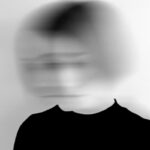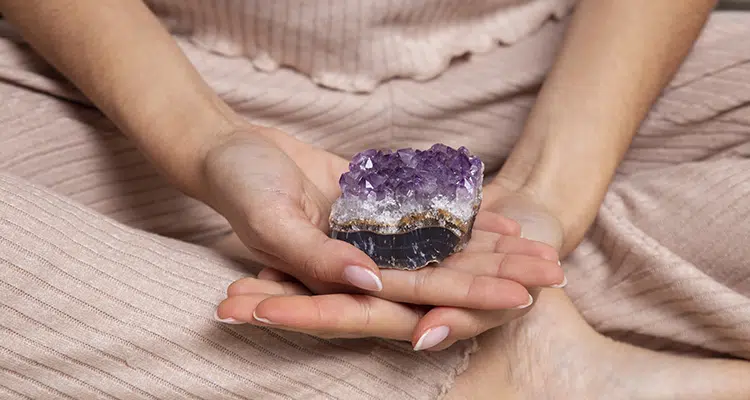A Complete Guide to Doxepin (Silenor) for Insomnia
Insomnia plagues millions of adults, impacting not just their sleep routines but their ability to function in daily life. Whether you’re suffering from chronic insomnia or a short-term bout of acute insomnia, chances are, you’re in search of much-needed relief. The good news is, there are several treatment options available for easing insomnia symptoms and regaining control over your sleep patterns.
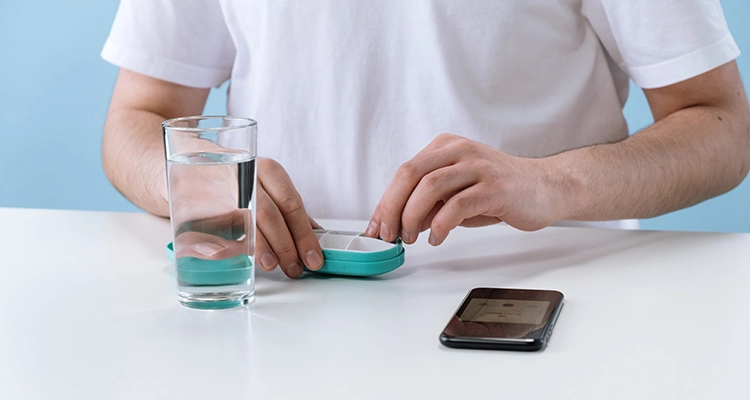
One such remedy is medication. There are countless sleep aids and prescription medications designed to help you sleep. While some trigger drowsiness, others treat whatever underlying condition is causing your insomnia. Doxepin does both.
Here we’ll take a closer look at the sleep medication Doxepin (Silenor), including how it works, dosage, side effects, and more.
Content
What is Doxepin?
Originally created as an antidepressant in the 60s, doxepin is a tricyclic antidepressant. In 2010, the FDA approved doxepin for insomnia treatment as well. In addition, doxepin is used to help ease anxiety disorders and may offer relief for certain skin conditions. An oral pill is the most common form of doxepin, although topical creams are available when treating skin conditions including rashes, dermatitis, and hives.
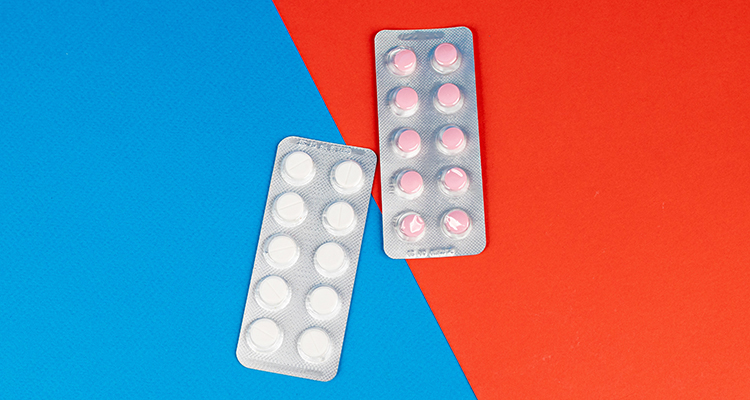
Doxepin is the generic brand for this antidepressant and is sold under several brands including Silenor®, Aponal®, Sinequan®, and Quitaxon®. Silenor is the most popular brand and is a low-dose alternative for treating insomnia, whereas higher doses are generally used for treating depression or anxiety.
How Does Doxepin Work?
Tricyclic antidepressants like doxepin affect how your brand absorbs and interacts with certain chemicals — specifically those that control mood like serotonin and norepinephrine. Drowsiness occurs when doxepin interacts with your body’s histamine receptors. These receptors play a crucial role in your sleep-wake cycle (circadian rhythm).
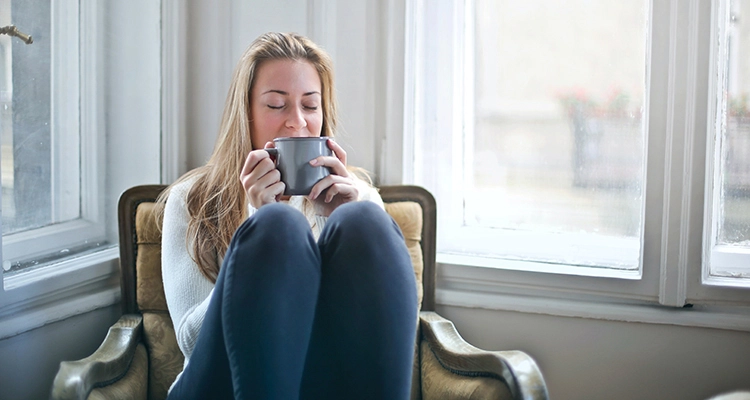
Doxepin is an antagonist of your body’s H1 receptor, which is responsible for feelings associated with arousal and wakefulness. When this medication binds to your H1 receptor, it lowers the effects of histamine in your system, causing you to feel drowsy.
As an antidepressant, doxepin increases the amount of natural substances in the brain that control mental balance and mood. Using doxepin to treat anxiety or depression may inadvertently ease insomnia symptoms, since these are two common conditions that trigger sleep disturbances.
How to Use Doxepin for Sleep
All too often, insomnia sufferers use medications that cause drowsiness to help get a better night’s sleep, even if this isn’t their prescribed use. Allergy medicines such as Benadryl® and other anxiety medications like Xanax® cause drowsiness but aren’t approved as treatments for insomnia. Ingesting medications that aren’t intended for a specific use can be dangerous. The fact that doxepin was first approved as an antidepressant and later added to the list of insomnia treatment medications speaks to its effectiveness in helping restore healthy sleep patterns.

One of the main reasons doxepin is so effective at treating insomnia is that it has relatively few side effects compared to other medications. Doxepin is non-habit forming as well. As a sleep aid, doxepin can reduce how frequent you wake during the night and may increase total overall sleep time. Another benefit of doxepin for insomnia is that studies show it’s effective in treating both chronic and transient forms of insomnia.
Dosage
Even in small doses, doxepin may offer relief from sleepless nights. One study reported that patients taking just 1mg of the medication saw improvements in sleep patterns and quality of sleep. Dosage generally ranges from 1mg to 6 mg depending on your condition, weight, and other medical conditions.
When taking doxepin for insomnia, it’s recommended you take an oral tablet 30 minutes prior to bedtime. Doxepin works almost instantly so only take it when you’re prepared to sleep. Prepare to feel drowsy soon after taking the medication and for some time after you digest it. These long-lasting effects are what allow most users to achieve up to 8 hours of sleep per night. If you don’t plan to sleep for 8 hours, avoid taking this medication.
Some users also experience next-day drowsiness and headaches. These symptoms are sometimes referred to as “sleeping pill hangover”. While, in most cases, users snap out of this early morning fatigue, for others, it can pose a serious problem and lead to difficulty concentrating and even memory loss. Most insomnia sufferers find relief within the first few days of using doxepin. If taken as directed and only when you can dedicate enough time to sleep, doxepin can be a very effective insomnia treatment.
Like most sleep aids and antidepressants, it’s recommended you slowly wean off of doxepin. Depending on how long you’ve used the medication, abruptly stopping can cause serious and unpleasant side effects including dizziness, dry mouth, constipation, trouble urinating, and blurred vision.
Other Things to Consider Before Taking Doxepin
Anytime you incorporate a new medication into your routine, it’s best to discuss it with a healthcare professional and consider everything from dependency to side effects. Here are a few important things you need to know before using doxepin to treat your insomnia.
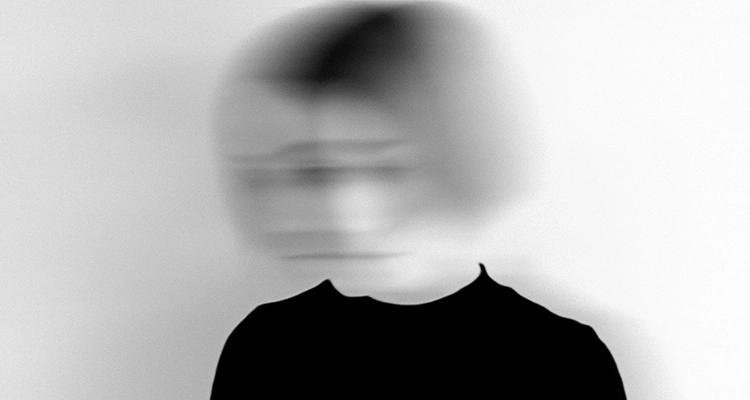
Side Effects of Doxepin
We already mentioned next-day drowsiness as a potential side effect of doxepin, but there are other symptoms to consider. Though mild, doxepin users may experience side effects similar to those associated with withdrawal. These include:
- Dizziness
- Dry mouth
- Blurred vision
- Constipation
- Trouble urinating
- Drowsiness
There are ways to combat and reduce the risk of these symptoms. To prevent dizziness, always rise slowly from a sitting or lying position. Sucking on hard candy, drinking water, and chewing gum can help reduce dry mouth and ask as a substitute for your natural saliva. Eating a diet high in fiber, exercising, and drinking plenty of water can help ease the discomfort of constipation. In extreme cases, your doctor may prescribe a laxative.
More serious side effects include mood changes, increased agitation or anxiety, severe abdominal pain, persistent heartburn, and shaking. Seek medical help if you experience fainting due to dizziness, eye pain or swelling, irregular heartbeat, or significant changes in your vision.
Interaction with Other Medications
One of the most serious things to consider when taking any new medication is how it might react with the medications you’re already taking. Be sure to tell your doctor about what medicines you take and if you have a history of allergic reactions. Even certain vitamins and supplements may interact negatively with doxepin. Some of the most common interactions include:
- Thyroid supplements
- Anticholinergic drugs
- Arbutamine
- High blood pressure medications
Taking MAO inhibitors with doxepin could cause a serious, possibly fatal, drug interaction. These include linezolid, moclobemide, isocarboxazid, rasagiline, and safinamide.
Ways to Support the Use of Doxepin
While doxepin in itself can significantly improve your ability to sleep at night, there are other ways to support its use and increase chances of success when easing insomnia symptoms.

Timing is Everything
As mentioned previously, it’s important to allow enough time for sleep when taking doxepin for insomnia. The effects generally last from 7 to 8 hours. If you can’t dedicate 8 full hours to sleep, don’t take this medicine. Doing so will cause next-day drowsiness and may impair daily functions like concentration and memory.
Because doxepin works to balance your sleep-wake cycle, maintaining a healthy sleep schedule is another way to support its use. Try going to bed and waking at the same time each time. Doing so will keep your sleep patterns consistent. You can also adopt other healthy sleep habits including limiting screen time 2 hours before bedtime and performing relaxing techniques like meditation.
Adopt a Healthy Exercise Routine
Exercise offers a variety of benefits from maintaining a healthy weight to boosted confidence and increased energy. Not only can exercise help you sleep better at night and reduce anxiety but it can also relieve potential constipation symptoms from taking doxepin. Choose an exercise regime that fits with your lifestyle. Yoga is a great form of exercise that also has proven benefits for reducing stress and anxiety. While any exercise is better than none, avoid working out too close to bedtime as it may have adverse effects and leave you feeling too alert for sleep.
Kick Unhealthy Habits
Smoking cigarettes and drinking alcohol in excess are unhealthy habits regardless of who you are, but they can be especially damaging for insomnia sufferers using doxepin for sleep. For starters, combining any antidepressant or sleep aid with alcohol can cause serious health complications including death.
Studies show that nicotine can have adverse effects on antidepressants like doxepin. Nicotine reduces the concentration of doxepin in the blood, reducing its efficacy. Because of this, smokers may try to take an increased dose of the medication to achieve the desired results, causing a dangerous, and possibly fatal, overdose.
In addition to interacting with doxepin, both smoking and alcohol consumption can worsen insomnia symptoms. Nicotine is a stimulant, causing alertness. Nicotine releases a hormone known as epinephrine, stimulating the nervous system and pleasure centers in the brain. This is what makes cigarettes so addictive, but may also exacerbate insomnia symptoms. While alcohol relaxes your muscles and may make it easier to fall asleep at first, once the initial effects wear off, it can interrupt your breathing, causing you to wake frequently. Alcohol also negatively affects your REM cycle, reducing sleep quality.
Doxepin as an Option for More Relaxed, Restful Sleep
First approved as an antidepressant to treat anxiety and depression, doxepin was soon recognized as a viable treatment for insomnia. Whether you suffer from one or both conditions, doxepin may finally help you achieve the quality night sleep you’ve been chasing. As with any sleep aid or medication, check with a healthcare professional before taking this drug. Consider the side effects, dosage, and proper use.

In addition to taking doxepin, you can also make lifestyle changes that support better, quality sleep. At Somnus Therapy, we’re dedicated to doing just that. Through CBT for insomnia, you can discover the root cause of your insomnia and start taking the necessary steps to achieving restorative sleep once and for all.




